The BRAWL² Tournament Challenge has been announced!
It starts May 12, and ends Oct 17. Let's see what you got!
https://polycount.com/discussion/237047/the-brawl²-tournament
It starts May 12, and ends Oct 17. Let's see what you got!
https://polycount.com/discussion/237047/the-brawl²-tournament
New Guy on forums! Some Enviromental WIP's posted
Hey, I'm Joe who is new to this whole ordeal and I wanted to get some good crits on my stuff, which I heard from a friend (Alter-Nate) that it is a good site to go to. So have at it. I have a few models to post
The First few are a couple of machines for vending, The others are an out house, bulleting board,A giant chest, and a water filter thing. These are all works in progress, so a lot of them have the give to be changed. There is a ton more to come!
-Joe M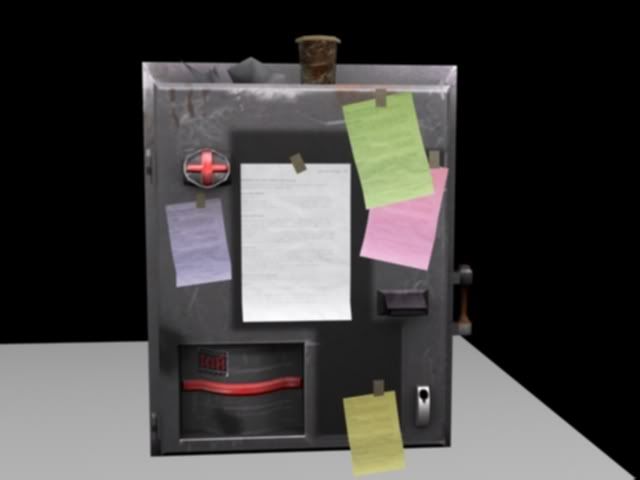

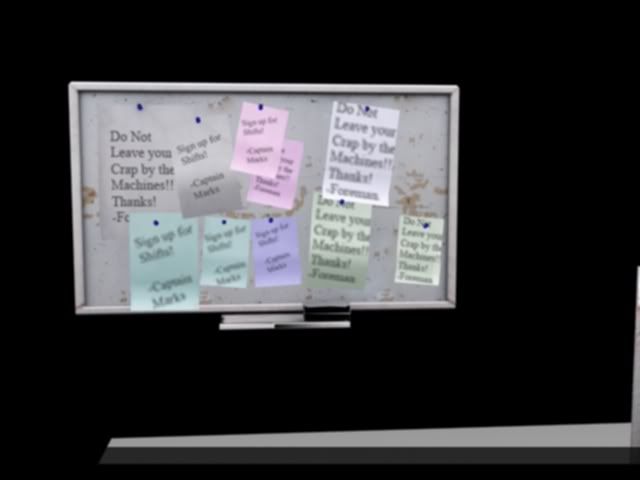
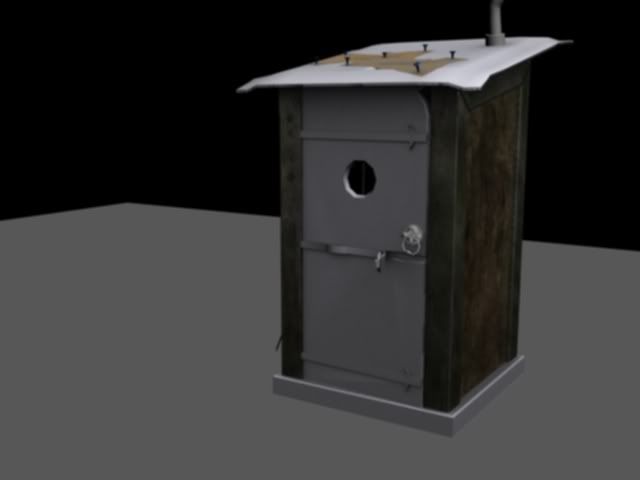
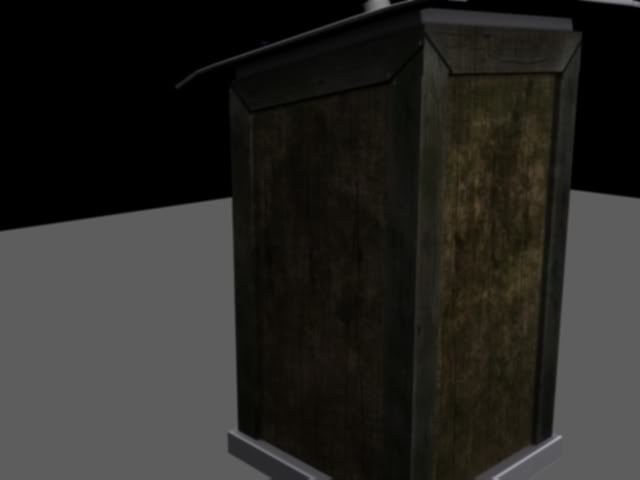
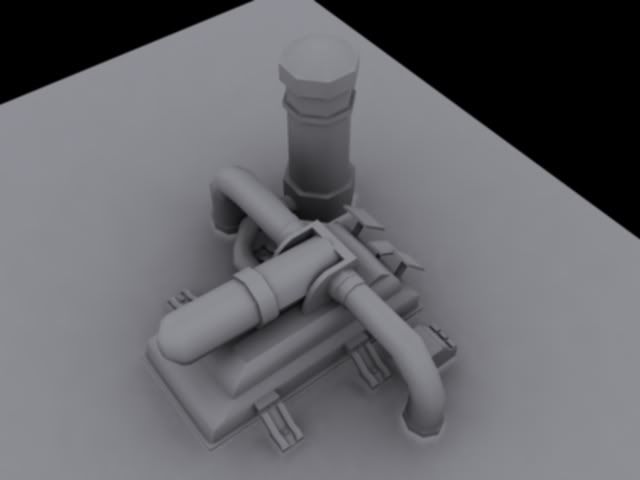
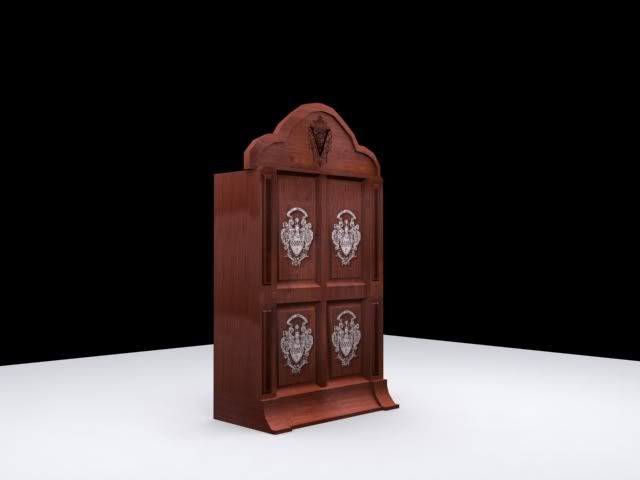
The First few are a couple of machines for vending, The others are an out house, bulleting board,A giant chest, and a water filter thing. These are all works in progress, so a lot of them have the give to be changed. There is a ton more to come!
-Joe M







Replies
good luck !
I have no idea what the first two things are supposed to be. You say they're vending machines but they don't look like anything I've ever seen before. Why do they have red crosses on them?
Your bulletin board has a bunch of notes but they're just copies of the same thing. That looks like crap.
Do something more with the notes, make them torn, handwritten, etc.
The outhouse looks too short and too wide.
Same with the armoire/chest thing.
Everything looks blurry, why?
Don't render with GI, you're usually better off baking the GI into the diffuse.
If you're going to make normal maps, spec maps, etc, viewport grabs are a must.
Don't leave a bunch of empty space in the pictures you're displaying - the armoire is only taking a third of the space it should be taking up more than that. crop the unused edges.
These are some updates to the outhouse I was doing from before, crits are welcome. Things I would like help with is organizing UV space, and understanding pixel density, I'd also like some ideas which can pop this out more, because it seems really boring. Thanks.
What don't you understand about pixel density? It's best to maintain a uniform pixel density in most cases (especially in environment work) as uneven pixel density will make sections stand out weirdly as they will appear to be more sharp than their surroundings. You want your pixel density to match screen space at the average viewing distance - IE 1 pixel on the textured model should be 1 pixel when it's viewed in game at the average viewing distance. Obviously if someone is using a sniper rifle to zoom 20x into the doorknob of your outhouse it's going to look like shit, but if they're going to be 7 feet away most times then it should look good at that distance.
Rigt now your pixel density is all over the place, with the wooden door having 2x the resolution of everything else, which is making it look poor. Most people use a checkermap while unwrapping to make sure their pixel density is consistent.
The purple glowing magic runes really do not mix well with the wooden old-timey outhouse look.
Spend those triangles on actual boards instead of the normal map. In fact, don't even use normal maps until you get really good at poly flow, UV mapping, texture painting, and modeling. An "ok" normal map will do nothing with poor polyflow and bad textures.
For example, the polys on the top of the outhouse, and the base square. The top could have 1/4th the current polys at least, and the entire base of the outhouse where you have everything sealed perfectly could be nothing more than a slightly chamfered square butted against the rest of the geometry.
Forget everything they told you about sealing every single polygon and start modeling things smarter. Nowadays, unless you are TOLD to seal it, float your stuff.
You've got a ton of polys being used to make those horizontal metal strips on the front of the door, you'd be better off making that all flat and putting the detail for that into the normal map. It's the kind of thing nobody would notice in a game, and would mean you could have hundreds less polys, and exactly the same texture size, with the same visual effect.
http://i186.photobucket.com/albums/x166/Angturus/Outhouse_Speculars.jpg
You see, now I'm getting a better grasp of the mistakes I make and what to look for, but more feed back is welcomed, and I'll show the finish product soon enough.
Also i can see you used crazybump to make the normal , meaning that it isnt a true normal map , try model an highpoly.
Is it the top of the building? Bottom? Pixel density might not be as important for those areas.
For a lot of props you have to sort of "bend the rules" when it comes to the pixel density, simply because you wont have nearly as much texture space for small props as you would for say, buildings, characters, vehicles. Think of what areas are the most visible, give that the biggest chunk of UV space, and then practice fitting the lesser important stuff into the smaller areas.
Again, keep it "pretty" close, but keep that in mind when you are spacing out your UVs.